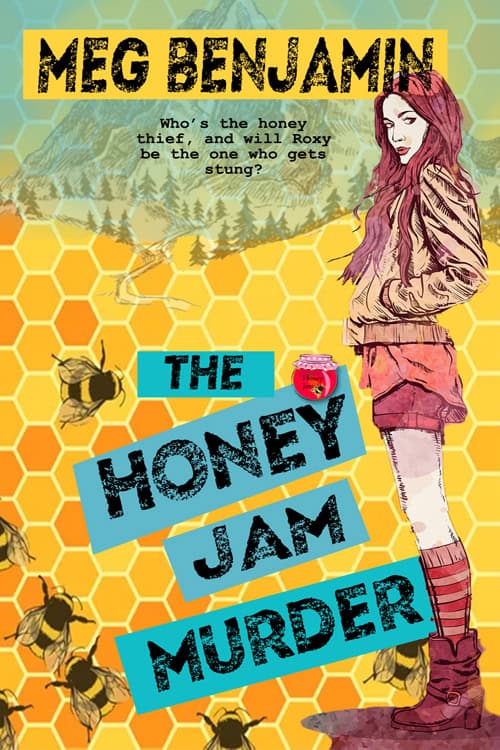(In)elegant Variation
 I suppose it was inevitable that editing apps would become available eventually. After all, pattern recognition is something computers do very well, and a lot of copyediting comes under the heading of recognizing and, in some cases, changing authorial patterns of language. For example, most of us have words we habitually overuse. Some authors keep lists of these words and then do global searches to eliminate some of them before submitting a manuscript. Editing programs take that step much farther. The most common kind of analysis they offer gives the author a list of frequently repeated words—often words like that or then that may constitute “filler”—that provide little in the way of meaning but take up space.
I suppose it was inevitable that editing apps would become available eventually. After all, pattern recognition is something computers do very well, and a lot of copyediting comes under the heading of recognizing and, in some cases, changing authorial patterns of language. For example, most of us have words we habitually overuse. Some authors keep lists of these words and then do global searches to eliminate some of them before submitting a manuscript. Editing programs take that step much farther. The most common kind of analysis they offer gives the author a list of frequently repeated words—often words like that or then that may constitute “filler”—that provide little in the way of meaning but take up space.
Unfortunately, revising repetition can lead to what grammarians used to call elegant variation, a flaw that comes from overreacting to repetition in the first place. Elegant variation happens when a writer tries to avoid repeating a word by using somewhat outlandish synonyms. H. W. Fowler first came up with the phrase in 1920 for his Modern English Usage, and it’s been cited by numerous other writing authorities since (although some have referred to it more accurately as inelegant variation). Lots of examples have been cited by editors, including using “popular orange vegetable” to refer to a carrot and “succulent bivalve” as a synonym for oyster.
These examples, I submit, are pretty bad, but they’re also less than common these days. More frequently writers deal with repetition by going to the thesaurus tool in their word processors and grabbing a similar word to fill in. However, the problem here is that synonyms rarely have precisely the same meaning as the original word. Sometimes that doesn’t matter. Dispute and argument are close enough in meaning that using one for the other probably won’t make much difference. But sometimes plugging in a synonym means that the sentence no longer says precisely what you want it to say. Grimace and frown don’t mean the same thing, and they don’t call up the same image. Plugging one in is likely to leave you dissatisfied with the result.
Cutting back on repetition can be a necessary step in editing. But concentrating on repetition to the exclusion of other types of revision can lead to frustration for the author and a manuscript that still needs work even after an exhaustive rewrite. And all of this repetition business overlooks a larger issue. Repetition is only one aspect of style, and I’d argue it’s not a major one. Sentence structure, sentence variation, consistent voice and point of view, level of diction—all of these things are as important as repetition and many of them are more so. And that doesn’t begin to consider the truly major considerations of plot, character, theme, and central conflict. Without attention to those things, taking care of repetition will get you nowhere.
This is my main concern about editing programs: they may give authors, particularly inexperienced authors, a false sense of security. After all, you’ve taken care of eighteen often repeated words. That’s it, right? Well, probably not. Pattern recognition can give you some helpful advice, but it can’t really take the place of a human editor. Somebody needs to be able to say (as one famous writer once said to another), “It’s crap, honey. Do it again.”
Posted in Blog, On Writing • Tags: copyediting, digital editing, editing, elegant variation, repetition | Be The First To Reply!








